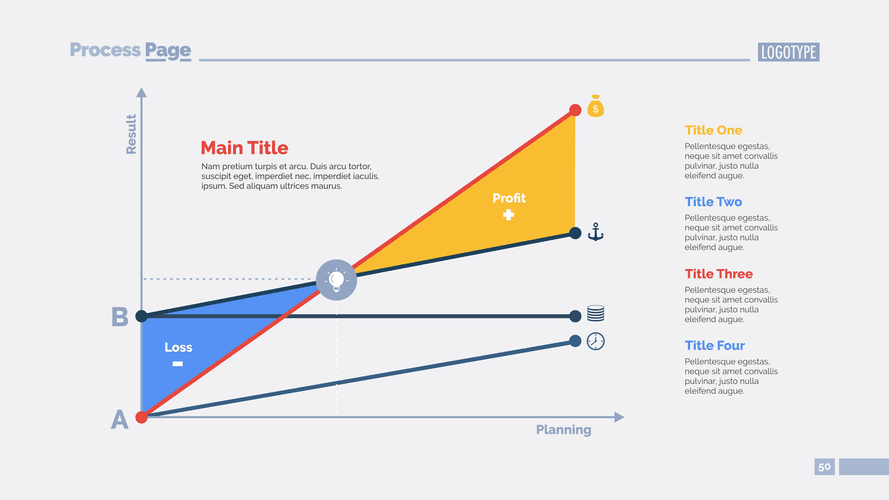
One way to measure a firm’s ability to meet its https://www.bookstime.com/articles/unrestricted-net-assets short-term obligations with its liquid assets. Balance sheet liquidity is a measure of a company’s ability to meet its financial obligations with its liquid assets. Investors usually prefer to hold a mix of highly liquid and less liquid assets to balance risk and return.
How current ratio is calculated

These securities play a crucial role in enhancing the liquidity of an investment portfolio, providing investors with the flexibility to access cash quickly when needed. By including marketable securities in their portfolios, investors can strike a balance between risk and returns. Understanding the order of liquidity is crucial in finance as it helps assess an entity’s ability to meet its short-term obligations and manage cash flow effectively. A company’s liquidity can be assessed using various ratios that provide information on the ability to settle short-term liabilities. By forecasting and monitoring future cash inflows and outflows, a company can identify potential financial bottlenecks at an early stage and take appropriate measures to avoid them. It ensures the fulfillment of ongoing obligations, strengthens the confidence of investors and lenders, offers flexibility in times of crisis and contributes to the long-term stability and growth of a company.
Who Uses Liquidity Ratios?

The order of liquidity is calculated using liquidity ratios, such as the current ratio and quick ratio, which measure an entity’s ability to meet short-term obligations using liquid assets. Assets are listed in the balance sheet in order of their liquidity, where cash is listed at the top as it’s already liquid. The next on the list are marketable securities like stocks and bonds, which can be sold in the market in a few days; generally, the next day can be liquidated. Some of a company’s assets are cash or what does order of liquidity mean things that can be converted to cash quickly. This gives assets priority when being classified on a balance sheet, since converting assets to cash may be a priority with lenders or potential buyers. The ability to convert assets to cash is called liquidity and it’s measured roughly in units of time.

How is order of liquidity useful in financial planning?
Market liquidity is how easily a stock trades in the public markets, while accounting liquidity refers to a company’s ability to pay its short-term obligations. When applied to an individual asset, liquidity refers to the ability to convert the asset into cash on short notice and at a minimal discount. Having an active market with many buyers and sellers typically results in a high level of liquidity. When an asset can only be sold off in short order at a steep discount, it is not considered to be very liquid. Thus, an account receivable is usually considered to be quite liquid, since it can be collected from a customer within a short period of time, while a fixed asset is not considered to be very liquid at all.
#2 – Quick Ratio

Order of liquidity is a presentation method showing accounts in the order of time needed to be converted into cash starting with the most liquid accounts. It’s a helpful method for investors to understand the financial situation of a company and their ability to settle their liabilities. This shows that the company has sufficient current assets to cover its accounting current liabilities and is therefore financially healthy and stable.
The term current refers to short-term assets or liabilities that are consumed (assets) and paid off (liabilities) is less than one year. The current ratio is used to provide a company’s ability to pay back its liabilities (debt and accounts payable) with its assets (cash, marketable securities, inventory, and accounts receivable). Of course, industry standards vary, but a company should ideally have a ratio greater than 1, meaning they have more current assets to current liabilities.
Help creditors assess a company’s creditworthiness
- Securities that are traded over the counter (OTC), such as certain complex derivatives, are often quite illiquid.
- Since the global financial crisis of 2007/8, financial regulators across the world have become much stricter regarding banks’ liquidity levels.
- Understanding the order of liquidity in financial analysis is crucial as it provides insights into an entity’s liquidity position, cash flow management, and risk exposure.
- Inventories are the goods produced by a company to sell to their customers and are the least liquid current asset.
- List assets in order of liquidity, or how quickly you can convert the item into cash.
There are various factors that contribute to the liquidity of an asset, including the trading volume, bid-ask spread, market depth, and the presence of willing buyers and sellers. High liquidity is synonymous with a liquid market, where assets can be swiftly bought or sold without causing substantial price movements. On the other hand, low liquidity can lead to price volatility and may result in difficulties in executing trades at favorable prices. In contrast, liquidity ratios focus on a company’s ability to meet its short-term financial obligations promptly.
The quick ratio suggests an even less liquid position, with only $0.20 of liquid assets for every $1 of current liabilities. The quick ratio measures a company’s ability to meet its short-term obligations with its most liquid assets and therefore excludes inventories from its current assets. With liquidity ratios, current liabilities are most often compared to liquid assets to evaluate the ability to cover short-term debts and obligations in case of an emergency. Cash equivalents are the most liquid assets, which are things like money market accounts, certificates of deposit (CDs), or time deposits. Marketable securities, such as stocks and bonds listed on exchanges, are often very liquid and can be sold quickly via a broker.

- A company could sell their account receivables to a collecting agency and get cash in exchange.
- For financial markets, liquidity represents how easily an asset can be traded.
- However, it’s important to compare ratios to similar companies within the same industry for an accurate comparison.
- Illiquidity increases the risk that investors will not be able to sell their assets when needed, which could cause them to incur borrowing costs.
- Investments include a diverse range of financial instruments such as stocks, bonds, real estate, and money market accounts with varying levels of liquidity and marketability.
- Shaun Conrad is a Certified Public Accountant and CPA exam expert with a passion for teaching.
- High liquidity gives investors confidence, thereby helping to encourage investment and ensuring that money can flow as needed among buyers and sellers.
A value of at least 100% is considered healthy and indicates that the company can sufficiently cover its current liabilities. Liquidity, representing the ease of converting assets into cash, serves as a cornerstone of financial markets, fostering efficiency, stability, and confidence among market participants. The order of liquidity, in turn, provides valuable insights into the hierarchy of assets based on their tradability and marketability, guiding investors in navigating the complexities of the investment landscape. In the example above, the rare book collector’s assets are relatively illiquid and would probably not be worth their full value of $1,000 in a pinch. In investment terms, assessing accounting liquidity means comparing liquid assets to current liabilities, or financial obligations that come due within one year.